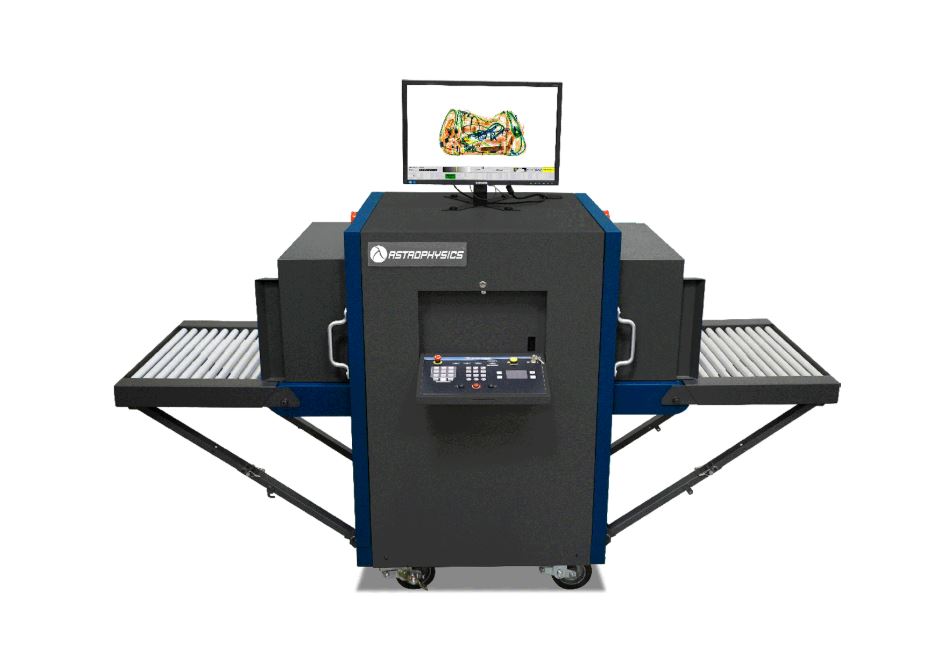
Organizations face the increasing challenge of protecting their assets, personnel, and sensitive information. Checkpoint security systems play a crucial role in safeguarding these elements, acting as critical barriers against unauthorized access and potential threats. To ensure these systems function optimally and provide maximum protection, organizations must adopt best practices that enhance their effectiveness. This article explores essential strategies for securing checkpoint security systems and fostering a safer environment for all stakeholders.
Understanding Checkpoint Security Systems
Checkpoint security systems are designed to monitor and control access to sensitive areas within an organization. These systems may include physical barriers like gates and turnstiles, as well as electronic measures such as access control cards, biometrics, and surveillance cameras. The integration of these components creates a multi-layered defense that can deter, detect, and respond to security breaches. However, simply installing these systems is not enough; ongoing maintenance, regular updates, and user training are essential to ensure their efficacy.
Conducting Risk Assessments
Before implementing or enhancing checkpoint security systems, organizations should conduct thorough risk assessments. This process involves identifying potential vulnerabilities and assessing the likelihood and impact of various threats. By analyzing different scenarios—such as unauthorized access, internal theft, or emergency situations—organizations can tailor their security measures to address specific risks effectively. Regular risk assessments help organizations stay ahead of evolving threats and continuously adapt their security strategies.
Implementing Strong Access Control Measures
Access control is a fundamental aspect of checkpoint security systems. Organizations should implement robust access control measures that regulate who can enter specific areas and when. This may involve multi-factor authentication methods, which require users to provide multiple forms of identification before gaining access. For instance, combining key cards with biometric verification (such as fingerprints or facial recognition) significantly enhances security.
Additionally, organizations must regularly review and update access permissions. Staff turnover, role changes, and contractor engagements can lead to outdated access rights. By conducting periodic audits of access control lists, organizations can ensure that only authorized personnel are granted entry to sensitive areas, thus minimizing potential risks.
Integrating Technology for Enhanced Security
Modern checkpoint security systems benefit significantly from technological advancements. Organizations should consider integrating cutting-edge technologies such as artificial intelligence (AI), machine learning, and data analytics into their security infrastructure. These technologies can analyze access patterns, detect anomalies, and provide real-time alerts in the event of suspicious activities.
For instance, AI-powered video surveillance can identify unusual behavior and trigger alerts for security personnel to investigate. Similarly, data analytics can help organizations understand peak access times and identify potential vulnerabilities within their security protocols. By leveraging technology, organizations can create a more responsive and adaptive security environment.
Regular Training and Awareness Programs
Human factors play a significant role in the effectiveness of checkpoint security systems. Regular training and awareness programs are essential to educate employees about their responsibilities in maintaining security protocols. Staff should be informed about various threats, the importance of following access control measures, and how to respond in case of a security breach.
Organizations can implement scenario-based training sessions that simulate potential security incidents, allowing employees to practice their response in a controlled environment. This proactive approach fosters a culture of security awareness within the organization, ensuring that all personnel understand their role in enhancing safety.
Maintaining and Updating Security Systems
The effectiveness of checkpoint security systems can diminish over time due to wear and tear, outdated technology, or evolving threats. Organizations must prioritize the regular maintenance and updating of their security infrastructure. This includes routine inspections of physical barriers, updating software and firmware, and replacing outdated hardware.
Additionally, organizations should stay informed about emerging security technologies and trends. By adopting the latest advancements, organizations can enhance their systems’ capabilities and ensure they remain effective against new and evolving threats.
Establishing Incident Response Protocols
Despite the best preventive measures, security incidents may still occur. Organizations need to establish clear incident response protocols to mitigate the impact of any breaches. These protocols should outline steps for detecting, reporting, and responding to security incidents, as well as procedures for investigating and documenting events.
Having a well-defined incident response plan ensures that employees know how to react in emergency situations, minimizing confusion and potential damage. Regular drills and training sessions can help reinforce these protocols and keep security teams prepared for any eventuality.
Collaborating with Security Experts
Organizations can greatly benefit from collaborating with security experts and consultants. These professionals can provide valuable insights into the latest security trends, technologies, and best practices for checkpoint security systems. By seeking external expertise, organizations can enhance their security infrastructure and implement strategies tailored to their specific needs.
Security consultants can also conduct independent audits, identifying potential vulnerabilities and recommending improvements to existing security measures. This external perspective can be invaluable in ensuring that organizations maintain a robust and effective security posture.
Fostering a Security Culture
Ultimately, enhancing an organization’s safety through checkpoint security systems requires a collective effort from all personnel. Fostering a culture of security awareness and responsibility helps ensure that everyone understands the importance of adhering to established protocols and remains vigilant against potential threats.
Organizations can promote this culture by regularly communicating the significance of security measures, sharing success stories, and recognizing employees who demonstrate exemplary security practices. By creating an environment where security is a shared priority, organizations can significantly enhance their overall safety.
In conclusion, securing checkpoint security systems is an ongoing process that requires proactive measures, regular evaluations, and a commitment to continuous improvement. By implementing best practices such as conducting risk assessments, enhancing access control, leveraging technology, and fostering a culture of security, organizations can significantly enhance their safety and protect their valuable assets. Adopting these strategies will not only secure your checkpoint security but also instill confidence in employees and stakeholders, creating a safer and more resilient organization.
Write and Win: Participate in Creative writing Contest & International Essay Contest and win fabulous prizes.


